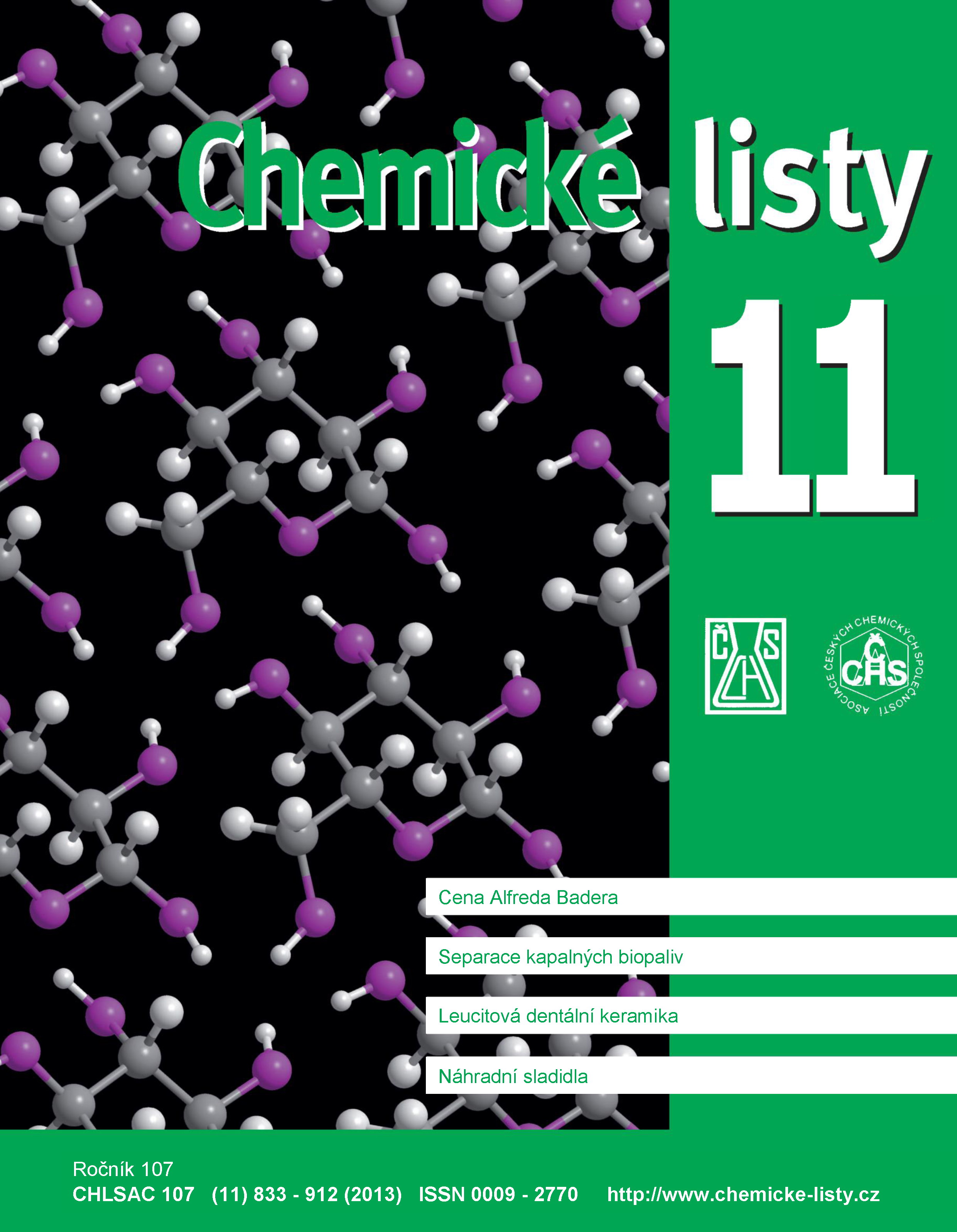Leucite Dental Ceramics
Keywords:
dental ceramics, leucite, linear thermal expansion coefficientAbstract
Dental ceramics are the most frequently used materials for dental prostheses. They are usually prepared from metal – ceramic systems where the ceramic part is fused to the metal construction. At present, newly developed technologies brought about an increasing use of all-ceramic replacements which are composed of different types of ceramic materials with varying glass content. Leucite ceramic is an important crystalline component of most all-ceramic and in particular metal-ceramic replacements. Industrial synthesis of leucite is time-consuming and so new synthetic ways are currently sought. One of the promising ways is the preparation by hydrothermal synthesis having the advantage of a low preparation temperature and the product consisting of uniform particles, which can be mixed and subsequently sintered at relatively low temperatures (~1000 °C) in equipment of dental laboratories. Improved mechanical properties of dental ceramics, in particular its fragility, can be expected.





